Importance of zoning in permaculture as arranger of all elements in system accords with level of care and interrelations.
A well-designed permaculture system features little effort in maintenance.
permaculture's five zones, from Zone 0 house or settlement to Zone 5 unmanaged (wilderness, foraging, inspiration, meditation): Felix Müller (Mueller felix), CC BY SA 4.0, via Wikimedia Commons @ https://commons.wikimedia.org/wiki/File:Permaculture_Zones.svg
Bruce Charles "Bill" Mollison (May 4, 1928-September 24, 2016) and David Holmgren (born 1955) are credited with coining the word "permaculture" for the ecologically- and environmentally-designed agricultural system that they founded.
Bill Mollison and Australian simple, self-sufficient living advocate Kirsten Dirksen
CERES Community Environment Park, Brunswick East, Melbourne, Australia; Saturday, Jan. 12, 2008, 20:39:01: Nicolás Boullosa (nicolas.boullosa), CC BY 2.0, via Flickr @ https://www.flickr.com/photos/faircompanies/2196180680/
Avocado tree (Persea americana) numbers among flora that are renewable, sustainable providers of fiber, fodder, food, fuel, medicine and shelter.
Makawao Veterinary Clinic, Makawao, Haleakala northwest slope, East Maui; Thursday, September 28, 2006, 12:55: Forest & Kim Starr, CC BY SA 3.0, via Wikimedia Commons @ https://commons.wikimedia.org/wiki/File:Starr_060928-0513_Persea_americana.jpg
Practical Permaculture for Sustainable Community and Home Landscapes is authored by ecological landscape designer and ISA Arborist Jessi Bloom and permaculturist Dave Boehnlein and illustrated by artist and designer Paul Kearsley.
"Transforming the Urban Edge," by Paul Kearsley for November; 2016 Permaculture Calendar by Permaculture Principles Pty Ltd: Practical Permaculture Design @PracticalPermacultureDesign, via Facebook Jan. 22, 2016, @ https://www.facebook.com/PracticalPermacultureDesign/posts/799471213491243
Claire Gregory's suburban permaculture garden in Sheffield, UK
After taking course from pioneer permaculturist Patrick Whitefield (February 11, 1949 – February 27, 2015) Claire purchased 3-acre field on edge of Sheffield, where she lives, to start community permaculture project.
Sheffield, South Yorkshire, north central England: Claire Gregory, CC BY SA 3.0, via Wikimedia Commons @ https://commons.wikimedia.org/wiki/File:Claire_Gregorys_Permaculture_garden.jpg


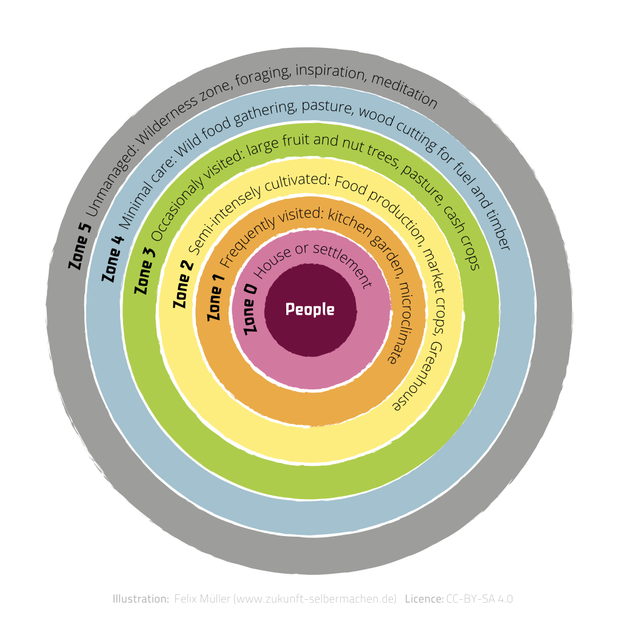
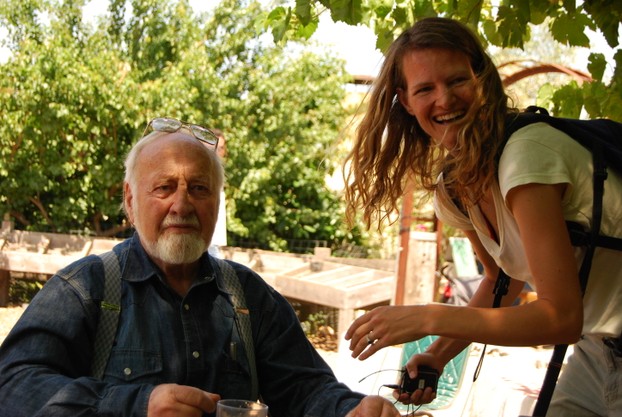
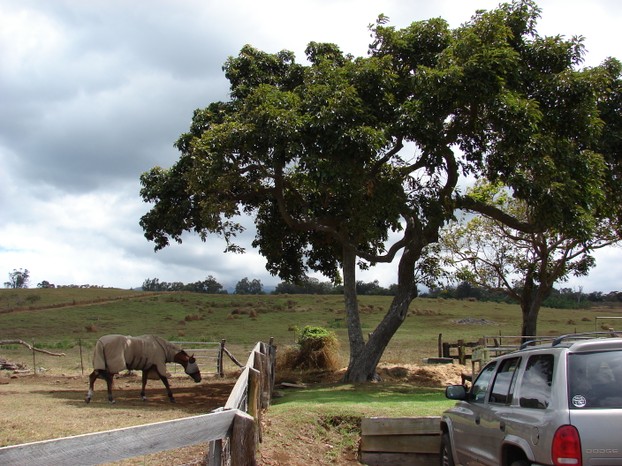
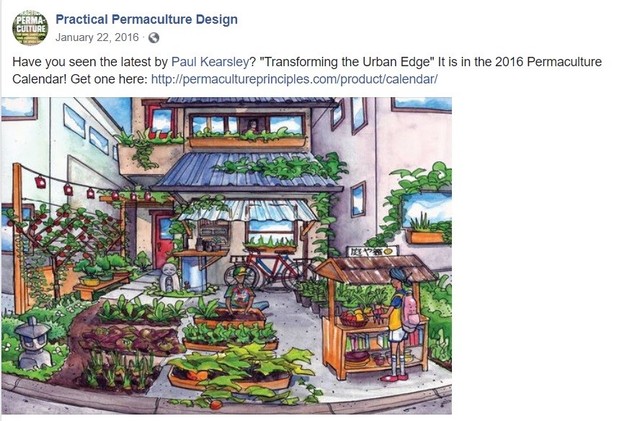
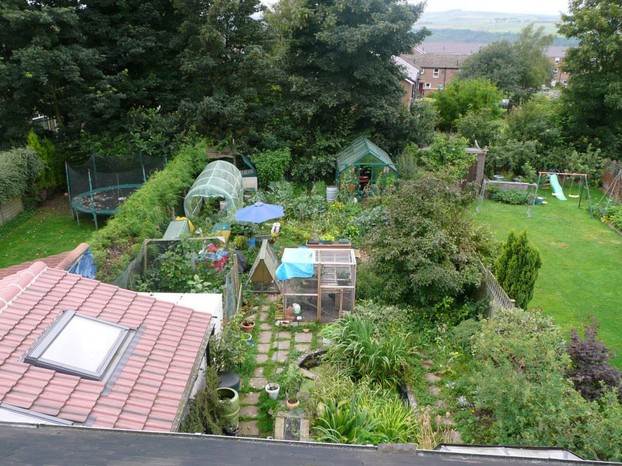





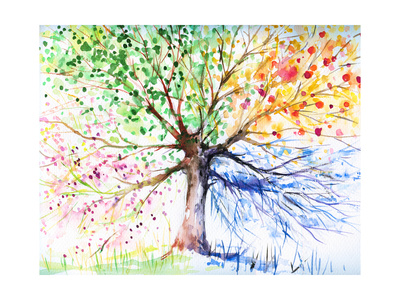
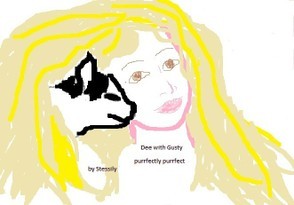
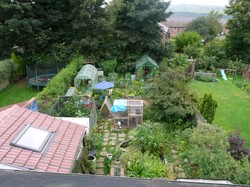

 Are Hawaiian Huakai Po Nightmarchers Avenging Halloween Thursday?on 10/02/2024
Are Hawaiian Huakai Po Nightmarchers Avenging Halloween Thursday?on 10/02/2024
 Mailing Addresses for 2023 Form 4868 Extending 1040 and 1040SR April 15, 2024, Due Dateon 04/15/2024
Mailing Addresses for 2023 Form 4868 Extending 1040 and 1040SR April 15, 2024, Due Dateon 04/15/2024
 Mailing Addresses for 2023 Forms 1040 and 1040SR Filed in 2024on 04/15/2024
Mailing Addresses for 2023 Forms 1040 and 1040SR Filed in 2024on 04/15/2024
 Mailing Addresses for 2022 Form 4868 Extending 1040 and 1040SR April 18, 2023, Due Dateon 04/13/2023
Mailing Addresses for 2022 Form 4868 Extending 1040 and 1040SR April 18, 2023, Due Dateon 04/13/2023



Comments
NanciArvizu, Thank! Me too, I like the attractive, convenient, logical organization of permaculture's space. The Bloom and Boehnlein book is a one-stop shop, time-saving merger of helpful images and information.
Great article, information and inspiration. I love the garden plan, and especially the picture of the gardener yard surrounded by the non-Gardner yard. A hidden gem.
sandyspider, I like the plan, too. It's not that difficult and it's particularly fun when all or most of the neighborhood turns it into a community-wide plan.
I do like this plan for gardening.
frankbeswick, Thank you! Looks like metal-detecting on the Wash won't be high on my list of treasure hunts ;-D!
If there were any remaining treasure it would be claimed by the crown. Hidden rooms would imply stone buildings, such as abbeys,castles and churches. The castles are generally in ruins and the abbeys are gone, so there are not many places left.
CruiseReady, This book is excellent in examples and explanations as well as illustrations and images. It's sturdy since it survives my moving it on and off the shelf many times throughout the month.
Zones 0 - 2/3 can work on not that much land. It's putting into effect Zones 3/4 onward that may be tricky, but not if neighbors are involved.
frankbeswick, Melted down undoubtedly means that it cannot be traced. But I wonder if some of that treasure remained as is to be admired by a few any time they were feeling particularly ornery against Normans and Plantagenets.
Is it possible that there are hidden rooms -- as during the Armada -- or underground tunnels -- as in "Skyfall" ;-] -- where treasures could be hidden for almost 1,000 years now?
This would sure be a nice plan to follow if you have a bit of land.
There is no record of the treasure's having been found, but considering that the Anglo-Saxons responded to the Norman conquest with a plague of theft from their masters, it is well possible that some enterprising Englishman found and took the treasure,melted it down and none were the wiser.